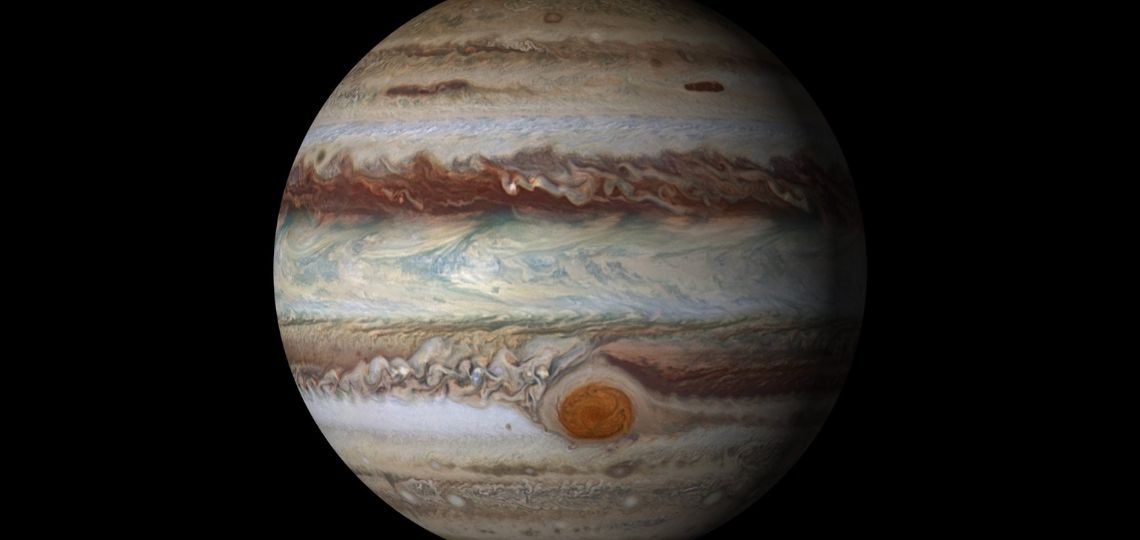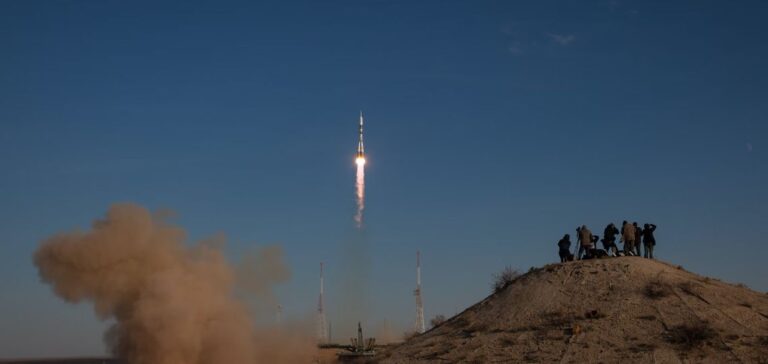Nuclear propulsion in spaceships? According to the Russian space agency Rocosmos, this project is due to become a reality by 2023. Russia’s goal: to launch a nuclear-powered spacecraft to Jupiter by 2030. The conquest of space is relaunched.
Nuclear propulsion: reaching Jupiter in 2030
Russia’s space agency, Roscomos, has announced its plans for interplanetary space travel. This is made possible by the development of nuclear-powered spacecraft. Russia plans to launch the first space mission, named Zeus, in 2030, bound for Jupiter.
The first energy module will travel through space for 50 months, from the Moon to Venus and Jupiter. The latter is designed to generate enough energy to traverse space and is capable of carrying heavy loads. Once it reaches the Moon, the module will separate into two ships. One will remain on the Moon, the other will continue its journey to Jupiter.

A project shared by NASA
Russia is not the only country looking to travel using nuclear propulsion. The United States and NASA believe that the use of nuclear propulsion would considerably reduce space travel times. NASA is also planning to launch a nuclear-powered spacecraft bound for Mars.
The United States also plans to place a 10-kilowatt nuclear power plant on the Moon in 2027.
An alternative to solar power
Many spacecraft use solar panels to power themselves. However, the farther the ships are from the sun, the less solar power is a viable option, forcing the use of battery backup. Space exploration is therefore limited to the capacity of these back-up batteries.
The use of nuclear-powered vessels will reduce these constraints, and enable us to go even further. It’s relatively inexpensive, safe and capable of producing large quantities of energy. The Zeus project will feature a 22-ton, 500-kilowatt nuclear reactor.
And this, in turn, makes it possible to move from one planet to another, changing the game.
Russian nuclear reactors in space
As part of the RORSAT mission, the Soviet Union has already invested space with a number of nuclear reactors. In comparison, the United States has just one, launched in 1965.
However, the United States has reaffirmed its desire to reclaim nuclear-powered energy. And it did so by commissioning three companies – Blue Origins, Lockeed Martin and General Atomics – to develop nuclear-powered rockets. The aim is to launch this technology in 2025.
In short, Russians and Americans, like the Chinese, are looking to conquer Space. Nuclear propulsion could thus democratize space travel.





















